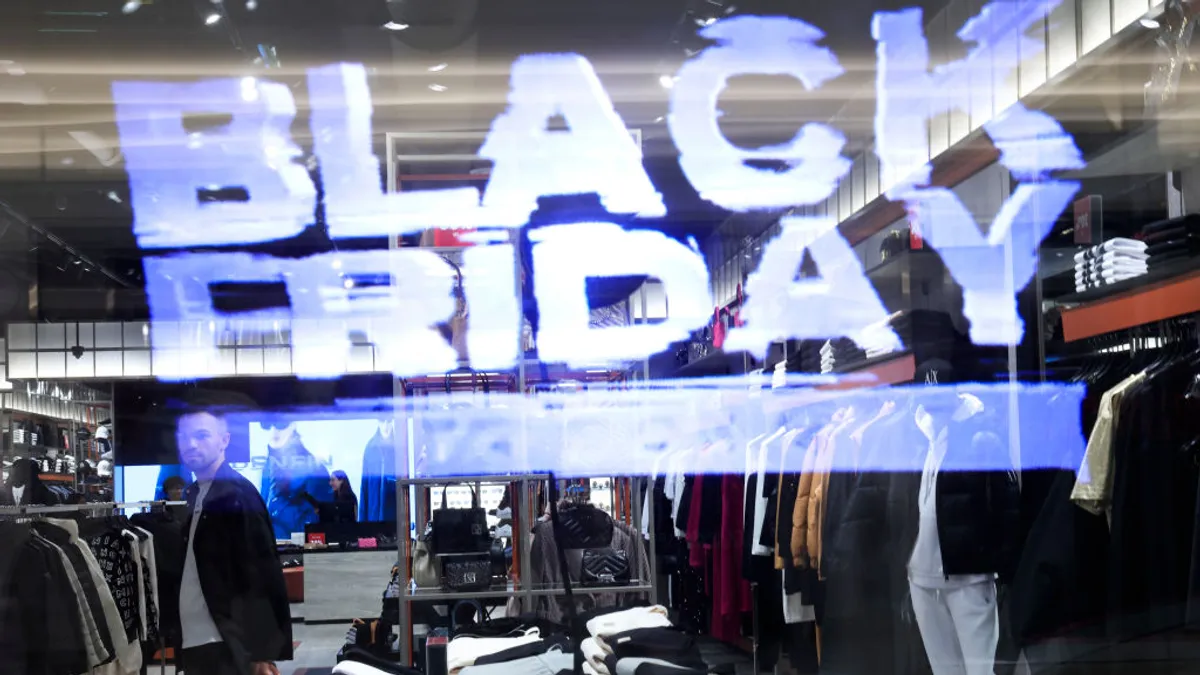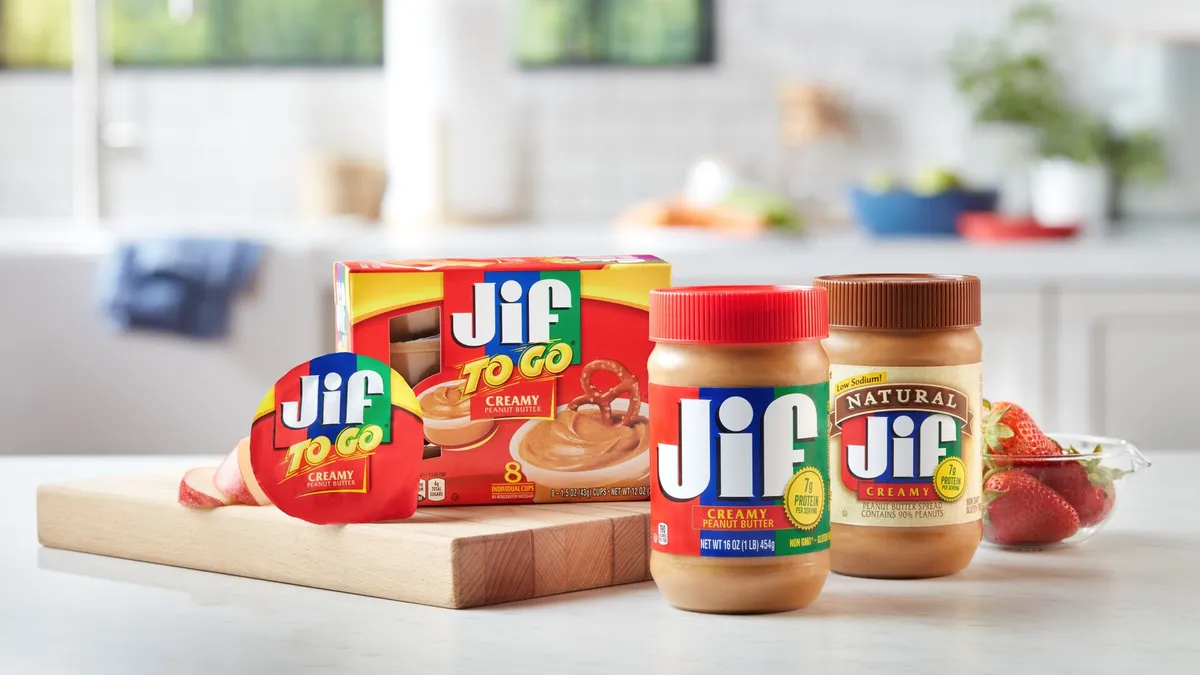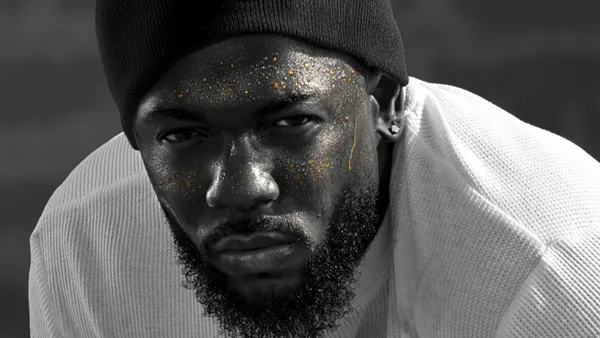Dive Brief:
- Retail media networks in which retailers sell ads are seeing their impact on U.S. holiday marketing rise, with the channel hitting record ad impressions in Q4 2024, according to a new report from Sensor Tower.
- Total impressions for the channel were up 4% year over year to reach 75 billion over the end-of-year period, a modest rate of growth. Best Buy, Chewy and Uber were among the fastest-growing retail media networks as measured by ad impressions.
- Personal care brands were the most active advertisers in retail media in Q4, delivering 7 billion impressions, followed by home and garden and food and beverage. Consumer electronics delivered a large YoY bump in activity, benefiting companies like Best Buy.
Dive Insight:
Retail media is exerting stronger influence over where advertisers invest during the crucial holiday period, as evidenced by the channel achieving a record number of ad impressions last year. While the channel is still dominated by big-box stores like Walmart and Target, which operate some of the most mature and technologically sophisticated platforms for selling and optimizing ads, the presence of niche and specialty retail media networks is on the rise. Amazon, a retail media player so large it effectively stands in its own category, was not included in Sensor Tower’s rankings.
Some of the largest gainers tracked by Sensor Tower include Chewy, the online pet goods retailer, and ride-hailing app Uber, which doesn’t fit into the conventional retail media bucket. Uber is among a fleet of non-retail companies that have adopted the media network model of using first-party customer data to sell ads, a trend that has lead to the creation of the blanket term “commerce media.” Financial services, hospitality and travel are some of the other industries that have jumped on the commerce media train, seeking to capitalize on the desire among marketers to wean off of ad tactics that are reliant on third-party cookies.
Uber’s ad business was expected to hit $1 billion in revenue last year, and the company has made key appointments to preserve the momentum. In December, it hired Kristi Argyilan, an architect of retail media networks at companies like Albertsons and Target, to lead its global ads business.
Other specialty retailers, such as Sephora, increased their standing in Q4 while department store Macy’s landed again in the top 10 after previously falling out of Sensor Tower’s rankings.
While retail media has been one of the fastest-growing ad categories in recent years, analysts see the potential for a slowdown in the future as the space contends with issues like a lack of standardization and measurement challenges. EMarketer predicts U.S. retail media ad spending will increase 20% to $62 billion in 2025, with the rate of growth then steadily declining through 2028.















